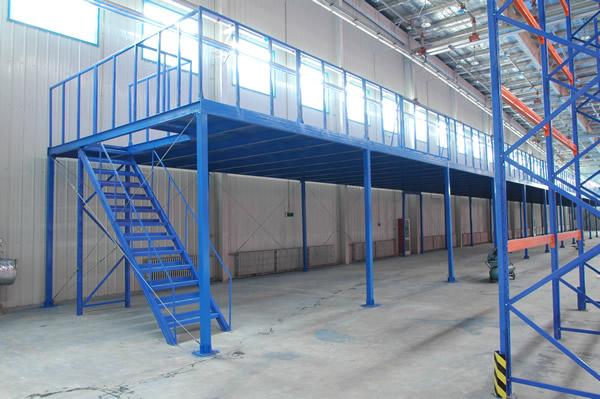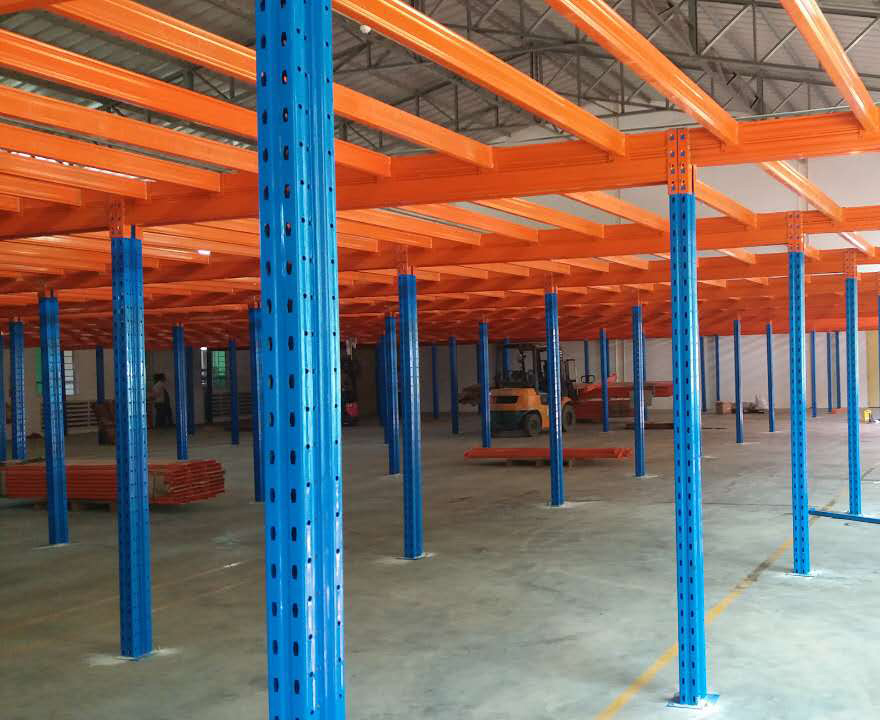The backbone of any efficient logistics operation, distribution center, or storage facility is often its most static feature: the shelving. Industrial warehouse shelving systems are far more than just metal frames and beams; they are the critical infrastructure that dictates workflow, inventory accessibility, and overall storage capacity. Selecting the right system is a strategic decision that impacts productivity, safety, and scalability. This article delves into seven essential aspects of industrial warehouse shelving systems to guide you in making an informed investment for your business.

Not all storage needs are created equal, and thankfully, neither are shelving solutions. The first step in selecting the right system is understanding the different types available. Each is engineered for specific applications, weight capacities, and inventory types.
The most common and versatile type is selective pallet racking. This system allows direct access to every single pallet, making it ideal for warehouses with a high SKU count where any item might need to be retrieved at any time. Its simple design of upright frames and horizontal beams offers excellent flexibility.
For operations storing large quantities of a single SKU, drive-in and drive-through racking are optimal. These systems eliminate aisles by allowing forklifts to drive directly into the rack structure to place and retrieve pallets. Drive-in racking has an entrance on one side, functioning like a last-in, first-out (LIFO) system, while drive-through has access on both ends for first-in, first-out (FIFO) inventory management.
Cantilever racking is the specialist for long, bulky, or awkwardly shaped items like timber, piping, or furniture. It features a central column with arms protruding from one or both sides, providing unobstructed access to stored goods without the vertical obstructions of traditional racking.
Finally, for maximizing space in facilities with high ceilings, mezzanine shelving creates a second or even third level within the existing footprint. This is a fantastic solution for storing smaller, slower-moving items or for creating dedicated work areas without the cost of a building expansion.
The durability and safety of your industrial warehouse shelving systems are directly tied to the quality of materials and construction. These systems are long-term investments designed to withstand constant heavy loading and unloading, potential impacts from machinery, and the test of time.
High-grade steel is the standard material, typically ranging from 14-gauge to a much thicker 7-gauge. The lower the gauge number, the thicker and stronger the steel. The steel is often roll-formed into specific, robust profiles for upright frames and beams to enhance their load-bearing capacity without adding excessive weight.
A critical aspect of construction is the finish. Most high-quality shelving is powder-coated or painted with an epoxy finish. This coating is not merely for aesthetics; it provides essential protection against corrosion, rust, and chipping, which is crucial in environments with varying temperatures or humidity levels. The integrity of the finish ensures the structural integrity of the steel beneath, preventing weakening over time.
Look for systems that feature well-engineered safety components. This includes heavy-duty safety pins or locks to secure beams to uprights, column protectors (or guard rails) to shield the base of uprights from forklift impacts, and footplates designed to properly distribute the load to the warehouse floor.

Perhaps the most critical technical consideration is load capacity. Overloading a shelving unit is a severe safety hazard that can lead to catastrophic failure. Understanding the difference between uniformly distributed capacity (UDC) and point load capacity is paramount.
UDC refers to the total weight that can be evenly distributed across an entire beam level. For example, a beam level with a 5,000 lb UDC can hold that weight spread evenly across its entire surface. Point load capacity, however, specifies the maximum weight that can be placed on any single point on the beam, which is often a lower number. This is crucial for pallets that concentrate their weight on two parallel beams.
Beam configuration is equally important. The vertical spacing between beam levels (and therefore the shelf height) should be determined by the size of your inventory. The goal is to maximize vertical space without leaving excessive and wasteful gaps above each pallet or product. A well-configured system allows you to adjust beam levels easily as your inventory profile changes, offering future-proof flexibility.
Always consult with a structural engineer or a qualified professional to perform a floor analysis and calculate the exact load requirements for your specific application. Never exceed the manufacturer’s stated weight ratings.
Installing industrial warehouse shelving systems is not just about filling a space with metal; it's about designing a layout that creates a logical, efficient, and safe workflow. A poorly planned layout can create bottlenecks, increase travel time for pickers and forklifts, and reduce overall productivity.
Key considerations include aisle width. Narrow aisles increase storage density but require specific equipment like narrow-aisle forklifts. Wider aisles facilitate easier movement for larger machinery but reduce storage capacity. The choice depends on your equipment and the balance you need between density and accessibility.
The layout should be designed around the flow of goods. High-turnover, popular items should be placed in the most accessible zones, often at waist-to-eye level in the "golden zone" to minimize reaching and bending, thus speeding up picking and reducing fatigue. Slower-moving items can be placed higher or in less accessible areas.
Integrating your shelving layout with other warehouse systems is also key. Ensure there is a clear path from receiving, to storage, to picking, packing, and shipping. The shelving should facilitate this flow, not hinder it. Using software for Warehouse Management System (WMS) integration can further optimize this by directing optimal put-away and picking paths.
Safety must be the non-negotiable foundation of any warehouse operation, and the shelving system is at its core. Regular inspection and maintenance are not just best practices; they are often required by occupational health and safety regulations.
Implement a scheduled inspection protocol. This includes daily visual checks by forklift operators for any obvious damage and more formal, quarterly inspections by a designated safety officer. Look for signs of damage, such as dents, bends, cracks in the welds, or rust. Pay special attention to beam connectors and the base of upright frames, which are most susceptible to impact.
Any damaged component must be immediately reported, unloaded, and replaced. Never attempt to straighten a bent beam or weld a damaged upright yourself, as this can compromise the structural integrity and void warranties.
Compliance with standards set by organizations like the Occupational Safety and Health Administration (OSHA) and the use of equipment that meets the standards of the Rack Manufacturers Institute (RMI) is crucial. This includes proper installation and anchoring to the floor to prevent tipping. Training all employees on safe loading practices and weight limits is an essential part of maintaining a safe environment around industrial warehouse shelving systems.
Investing in the right industrial warehouse shelving systems is a complex but vital process. By thoroughly evaluating your needs across these seven dimensions—type, quality, capacity, layout, and safety—you can select a system that not only stores your inventory but actively enhances your operation's efficiency, safety, and growth potential for years to come. It is the silent workhorse that, when chosen correctly, becomes a formidable competitive advantage.
 Wechat
Wechat
 Whatsapp
Whatsapp